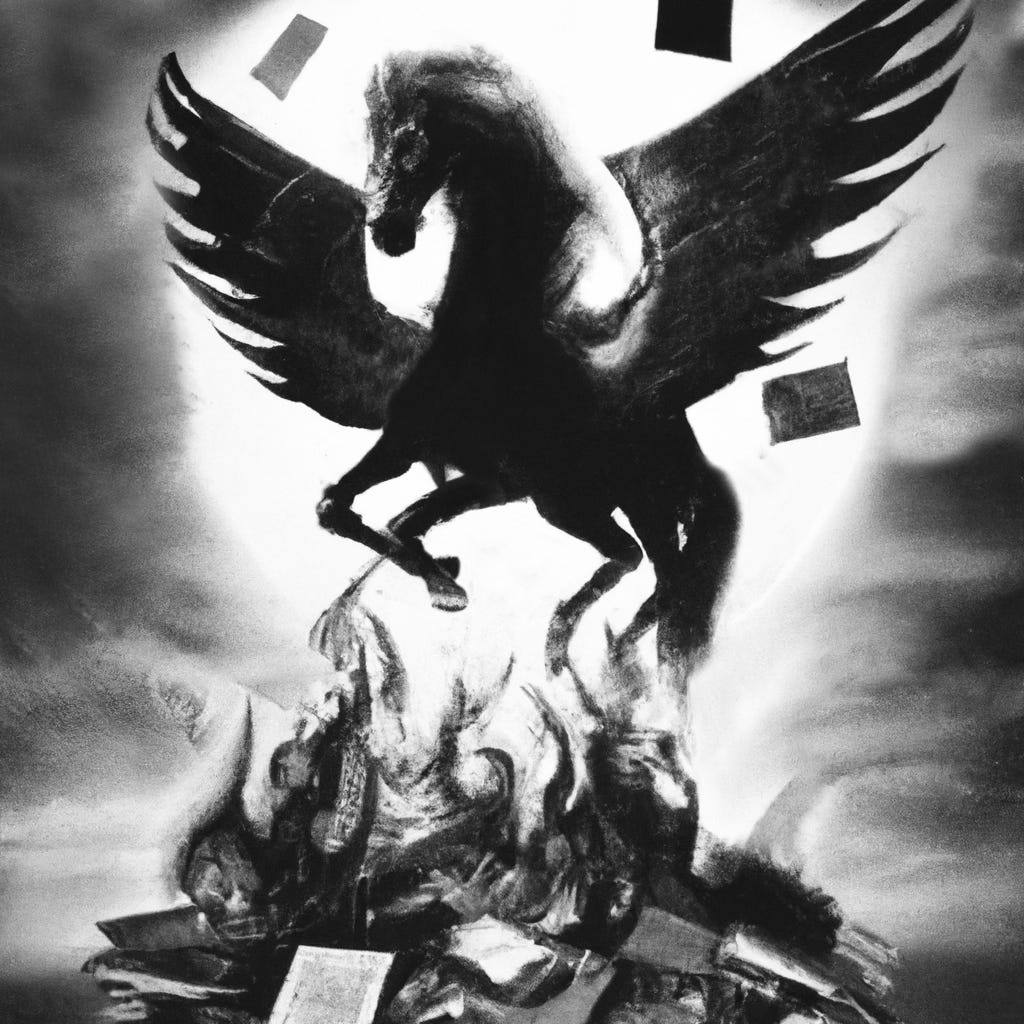A brand is not a logo but a myth; only myths endure.
A logo can be copied, redesigned, or forgotten, but a myth persists because it gives people a reason to believe. What matters is what it makes possible in the imagination of those who encounter it.
A brand without myth is a commodity. It competes only on function, price, or efficiency—metrics that are always vulnerable to erosion by someone faster, cheaper, or better optimized. Myths, by contrast, are not bound by such comparisons. They do not explain what something is; they explain why it matters. A myth creates inevitability: it embeds a venture, a product, or a movement in the fabric of human aspiration.
The challenge is that myths cannot be manufactured like slogans. They emerge when an organization chooses to embody a direction that exceeds the immediate market and speaks to deeper tensions in the human condition. The question is never “what do we sell?” but “what do we defy, and what do we pursue in its place?” Only when that answer is clear does a narrative harden into myth, and only then does a brand become more than a placeholder in the marketplace.
The endurance of a myth depends on its ability to stretch the limits of what people believe is possible. Myths are not about comfort or reassurance; they are about overcoming. They challenge inherited definitions of value, success, or even humanity itself. A brand that seeks to endure must therefore avoid the trap of optimizing for what already exists and instead align itself with what could exist but does not yet. It must orient itself toward the frontier, not the familiar.
This requires discipline. A myth collapses the moment it is reduced to marketing language detached from action. Myths demand proof—not in the form of quarterly reports or market share, but in the relentless pursuit of a vision that cannot be mistaken for opportunism. To build a brand on myth is to accept that the work is never finished, that the story is alive only as long as the organization continues to stretch beyond its own limits.
The paradox is that myths are both intangible and brutally practical. They cannot be seen, yet they define investment flows, partnerships, and talent acquisition. They cannot be measured directly, yet they dictate whether people commit themselves fully or treat a venture as replaceable. Myths turn organizations into movements, employees into believers, and customers into participants.
The ultimate test of a brand is not whether it survives a rebranding exercise but whether its myth can outlive its own creators. A logo may change shape or color, but a myth, once embedded, moves independently of its originators. It becomes a force that others carry forward, reinterpret, and apply to new challenges.
To pursue myth is to resist reduction into mere function or identity. It is to position a brand not as an answer to present demand but as a call toward what lies beyond. Builders of myths unsettle categories until they collapse under their own weight, leaving only the horizon of what comes next. And in that process, they move closer to what every enduring brand ultimately seeks: not recognition, but transformation.

